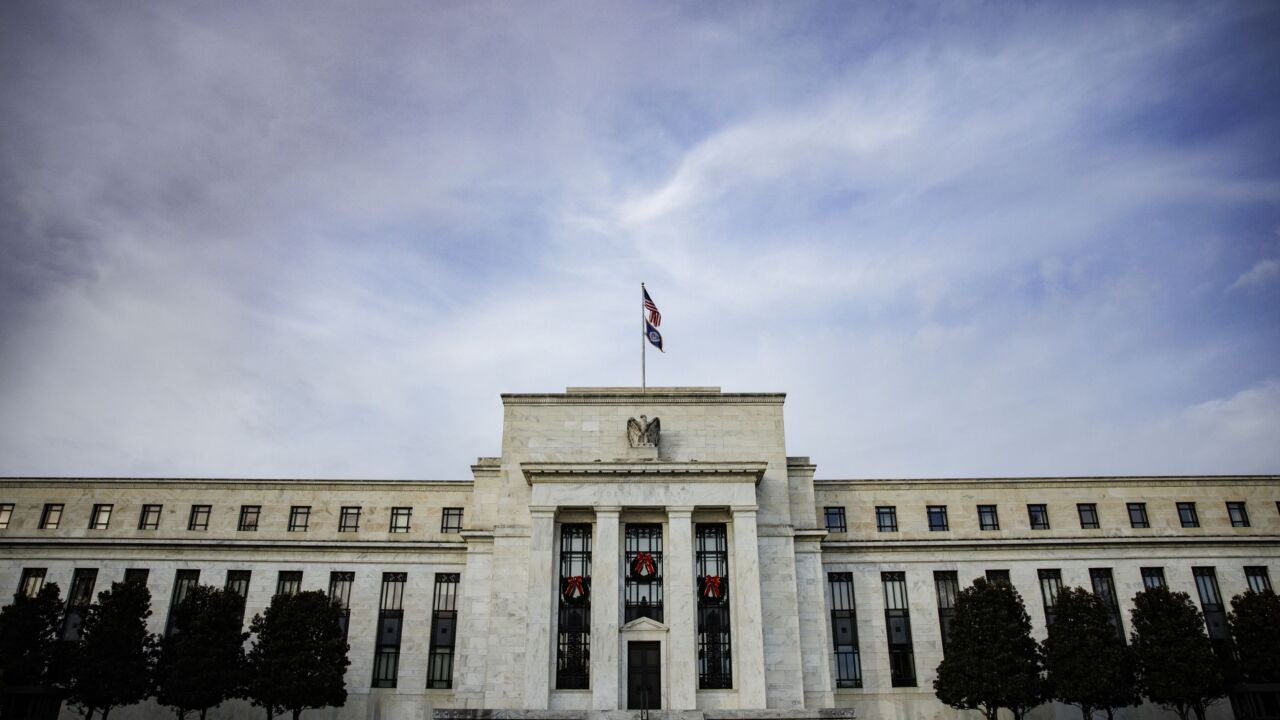-
Concerns that central-bank rate hikes may induce a recession are keeping investors guessing about the outlook for the economy as rising food and energy costs squeeze consumers, and volatility has picked up.
June 1 -
Yields have jumped so much this year, roughly doubling those on 10-year Treasuries, that it recalls past buying opportunities that paid off when the tide turned.
May 24 -
The yield jumped as much as three basis points to 3.11%, extending an advance that has seen the rate more than double this year.
May 9 -
Japanese institutional managers -- known for their legendary U.S. debt buying sprees in recent decades -- are now fueling the great bond selloff just as the Federal Reserve pares its $9 trillion balance sheet.
May 2 -
The Bloomberg Global Aggregate Index has fallen 11% from a high in January 2021. That’s the biggest decline from a peak in data stretching back to 1990.
March 23 -
The moves come after Powell struck a hawkish tone on Monday, prompting traders to rapidly ratchet up estimates for how aggressively the Fed will tighten monetary policy this year.
March 22 -
The repricing comes as Federal Reserve Governor Michelle Bowman suggested a hike of that magnitude could be on the table if inflation readings come in too high.
February 23 -
Treasuries led losses in global bond markets as inflation concerns, stoked by soaring oil prices, overshadowed any haven bids on the back of Russia-related tensions.
February 22 -
With minimal coupon protection, exceedingly long duration and super-tight credit spreads, the powder keg was fully loaded. Now we have sizzling inflation and hawkish central bankers providing us with the spark.
February 9 -
Government bonds worldwide are extending declines after the worst six months in five years, a Bloomberg index showed. Meanwhile, the pool of negative-yielding debt shrank to a six-year low.
February 8 -
Pension funding versus liabilities was close to 100% at the end of 2021, for the first time since the financial crisis, according to investment advisory firm Milliman.
January 20 -
U.S. Treasuries gained, bouncing back from an initial wave of selling after consumer-price inflation accelerated at the fastest annual pace in four decades in December.
January 12 -
The bond selloff that pushed 10-year Treasury yields to their highest in two years may not lead to a full-on taper tantrum, according to one of the biggest Treasury options market makers.
January 10 -
The rapid wage growth underscored the case for a more aggressive tightening by the Fed and capped a punishing week in the bond market.
January 7 -
The municipal market has a history of outperforming during periods when the Fed hikes rates, because as yields rise, the tax-free interest that munis pay makes them more attractive.
January 6 -
The selloff worsened after minutes from the Federal Reserve’s latest meeting showed officials considering earlier and faster interest-rate increases than expected.
January 5 -
Treasury yields rose a second day amid increasing conviction that the Federal Reserve will raise rates at least three times beginning in May.
January 4 -
The crosscurrents of persistently high inflation and the pandemic’s refusal to go away have caused large daily swings in yield, indicative of poor liquidity.
December 7 -
Bond traders’ expectations for how fast inflation will rise over the coming five years have topped 3% for the first time on record.
October 22 -
Investors in need of an alternative to certain T-bills are flocking to the Federal Reserve’s facility for reverse repurchase agreements. That’s adding to demand created by T-bill supply cuts.
October 6












